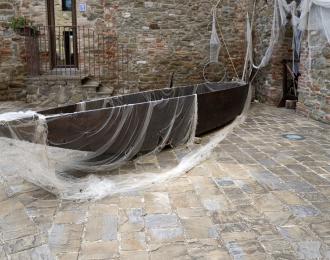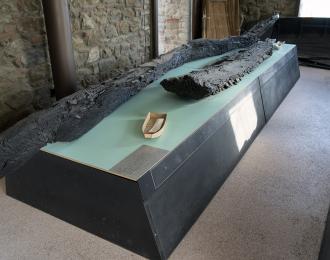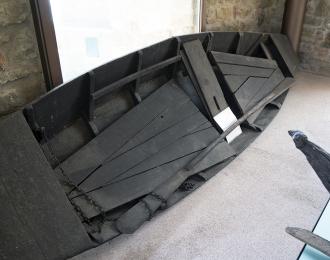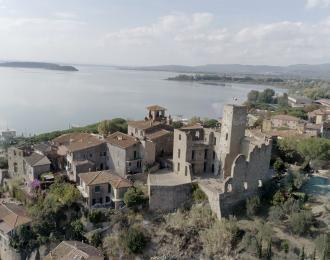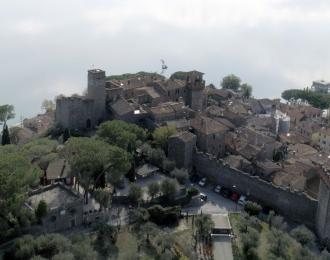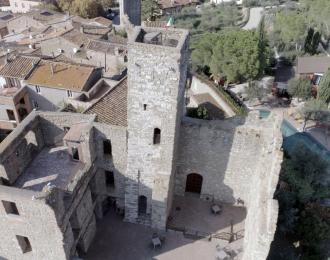Rocca and Boat Museum
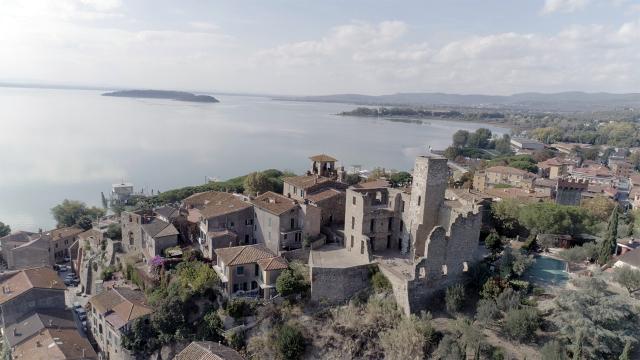
The Fortress of Passignano is inside the village in a slightly more elevated position in respect to the same, which subsequently developed along the lakeshore. It probably refers to the existence of a Roman military structure that controlled the famous “Pass”, which linked the north and south of the peninsula.
Today the fortress is made up of ruins of the ancient original structure. The only things remaining are the square walls, a semi-destroyed keep and the northern part of the mediaeval castle with the triangle tower. In addition to this, a series of alleys climb up inside the historical centre which give an idea how people must have moved about inside the castle.
The origins of the fortress can be traced back to the Lombard period (5th/6th century), but probably the square walls were erected between 820 and 850 and were built by the Marquis of Tuscany who were the owners up until the 11th century.
In 1187, the fortress passed under the chapter of the St. Lawrence Cathedral (Perugia). Shortly after, in 1202, extension works began. Thus it was transformed into a true and proper fortified castle, able to defend the area of Perugia on the Tuscan side. The surrounding houses were incorporated inside the town walls.
Throughout the Middle Ages the Passignano Castle changed hands numerous times and was looted and raided. But it was above all after the war between the Duchy of Tuscany and the Papal State (1479) that its appearance underwent numerous changes. Many towers were destroyed and several houses damaged. In the Renaissance period there was a succession of several clashes for possession of the stronghold among the most important families in the area, Corgna, Baglioni and Oddi. It was also involved in the “Barbary War”, which took place between the Papal and Tuscan troops of the Grand Duke Ferdinand II.
Only in 1778 a part of it was demolished to allow better transit for carriages. Between 1816 and 1817, the Papal Government decided to demolish the entire complex, ordering that material coming from the towers and walls be used to raise the street level.
In fact, the lake had overflowed several times flooding and damaging houses on the shore.
The Fortress currently houses the Boat Museum where some of the boats from Trasimeno, Piediluco and Padule di Fucecchio are displayed, as well as the “fassoi”, a boat made with marsh plants from the Cabras basin in Sardinia.
As evidence of the navigation and fishing activity of Trasimeno, there are two types of traditional boats, those still in use in the mid 20th century by professional fishermen and already documented in the 15th and 16th centuries, and the monossil boats, uncovered during dredging operations carried out along the shores of the lake near Passignano. They date back to around 1200.
Outside you can see a reconstruction of the “Gorro boat”, a small trawler. The exhibits on display have information panels, particularly useful for reconstructing the culture and civilization that developed on inland waters.
